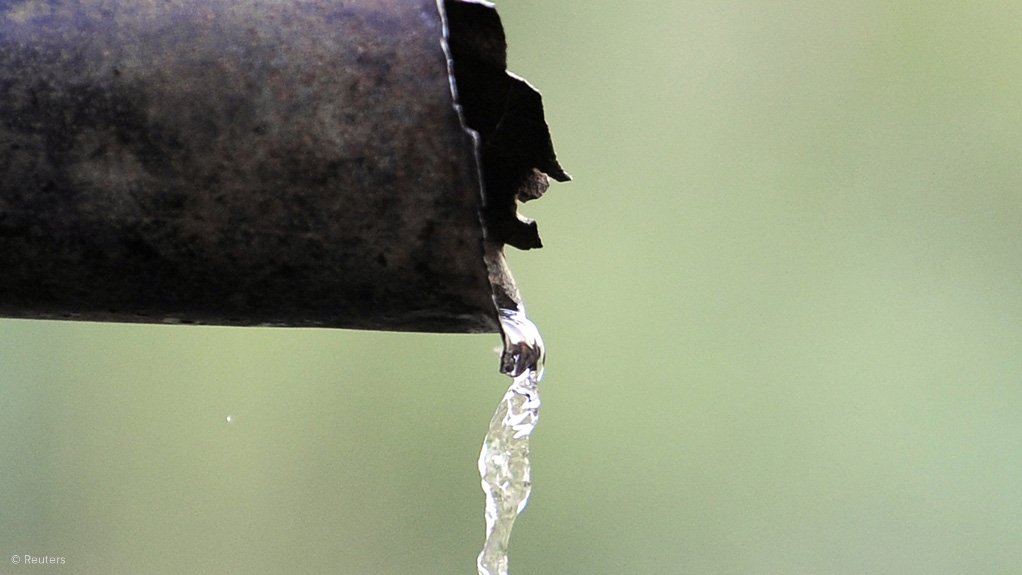The 2030 Water Resources Group – hosted by the World Bank – held a webinar last month to showcase three international technologies that can help the food and beverage sector rise above business continuity challenges amid diminishing resources within the sector.
The webinar included partners such as Isle Utilities, the Royal Danish Embassy in South Africa, the Embassy of Israel to South Africa, and the Strategic Water Partners Network.
The food and beverage sector faces increasingly stringent environmental legislation, with the consequent need to drive water demand down to a minimum, as well as rising operational costs. To meet these needs, companies have to reduce resource consumption, increase process efficiency and reduce waste, states the 2030 Water Resources Group.
The first company that presented its technology was filtrations manufacturer Ma’agan Filtration with MD Uria Berchman noting that, in South Africa, these globally common issues are exacerbated by intermittent water and electricity supply, and in some places also by a declining intake water quality.
He explained that this had accelerated the decline of drinkable water in many areas locally and prompted the further development of methods to ensure clean and safe water.
Berchman elaborated that the company’s Sheaf Filter combines physical filtration and depth filtration, “which results in unparalleled filtration of one μm, making it the first automatic backwash filter that effectively filters water down to one μm”.
“Our ground-breaking technology is based on the flow of contaminated water lengthwise, along threads, rather than crosswise as in other fibre-based filters and, as such, the Sheaf Filter allows for operational efficiency, energy reduction and minimal environmental impact.”
The second Ma’agan Filtration technology was the Fibre Disc filter that has a filtration spectrum of between two and 10 μm. This technology has a systematic and efficient backwash system, requires minimal maintenance, extremely low footprint and does not require any chemicals.
The innovative two-filtration technology offers reliable, high-performing filters with low maintenance costs to the food and beverage industry.
Backwashing refers to pumping water backwards through the filter’s media, and can sometimes include the intermittent use of compressed air during the process. Backwashing is a form of preventive maintenance so that the filter media can be reused, in the case of Ma’agan's filters for up to five years.
The second company that presented its technology was wastewater treatment solutions provider Tecroveer, in partnership with Fibracast. The company presented Fibracast’s FibrePlate technology, a high-efficiency hybrid immersed ultrafiltration membrane used in membrane biological reactors to treat wastewater for reuse or for high-quality discharge standards.
Membrane biological reactors are a combination of a biological treatment method, usually activated sludge, as well as membranes, to treat organic effluent in, for example, the food and beverage sector and domestic wastewater, using an ultrafiltration membrane instead of a clarifier.
Tecroveer MD Rob Holmes explained that FibrePlate membrane biological reactors combine the strengths of conventional hollow fibre and flat sheet membranes into a smaller, stronger hybrid platform with “superior backwash capability and excellent hydraulics”. The result is a reinforced sheet with hundreds of hydraulically efficient channels that act as fibres for permeation and backpulsing.
FibrePlate membrane biological reactors have a smaller footprint than conventional activated sludge and can be applied directly to reverse osmosis. This technology also produces high-quality effluent water, making it highly suited to the industrial market and water reuse applications, added Holmes.
Fibracast’s FibrePlate technology has been used in two projects in the food and beverage sector to date in South Africa, with the third one currently in the design phase.
“We see the future of this technology not only as the Fibracast membrane biological reactors but also the use of membranes as a whole. The use of this technology is growing significantly, particularly in the industrial market, with aspects, such as water scarcity and reuse of water, driving this technology. The limits of using industrial effluent discharge for municipal sewer systems also increases the interest in this technology.”
Meanwhile, metering solution provider Kamstrup Africa regional manager Petrus van Heerden – the third company to present its technology during the webinar – showcased its ultrasonic water meter, which features a built-in acoustic leak detection system designed to identify leaks as an intelligent enabler of improving consumer relations and optimising operations.
The meters have been developed over four years, involving a complete redesign of typical meter electronics to introduce a low-current consuming, low-cost acoustic sensor with a lifetime of 16 years. Now, Kamstrup’s meter both measures consumption and listens for leak noise. Combining non-zero flow measurements with leak-noise detection provides an effective tool for detecting leaks both before and after the meter. Each meter takes multiple noise measurements every day.
Van Heerden added that a few benefits of static and smart metering include the ability to optimise processes based on timely data, simplified reporting on green initiatives and a fast response to process interruptions.
He noted that the ultrasonic water meters maintained the same high accuracy throughout their life span and measured the smallest consumption, owing to its "very low error margin, industry-leading accuracy” and optimised low-start flow.
Van Heerden concluded that, in a water-scarce country, the productive use of water was the only way to a sustainable future.
Edited by: Zandile Mavuso
Creamer Media Senior Deputy Editor: Features
EMAIL THIS ARTICLE SAVE THIS ARTICLE
ARTICLE ENQUIRY
To subscribe email subscriptions@creamermedia.co.za or click here
To advertise email advertising@creamermedia.co.za or click here













